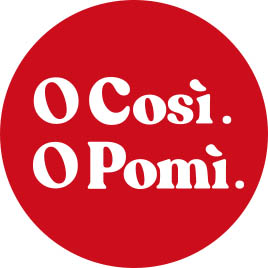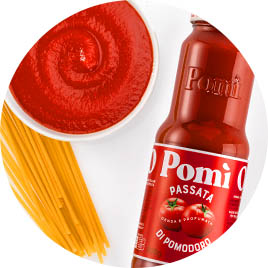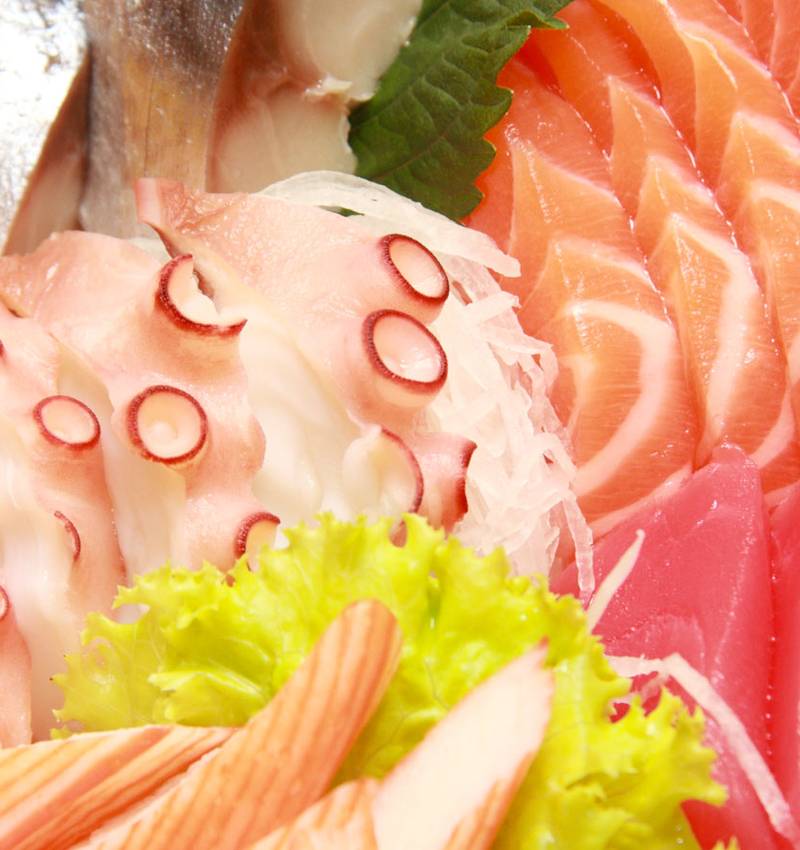Already in the '60s there was talk of disease in shellfish, then in the '70s cholera in Naples brought to light that mussels and other marine shellfish can transmit human pathogenic microorganisms which are absorbed by the mussels themselves as they filter the polluted water of the sea. Today, thanks to the excellent surveillance which has been developed, that danger is averted. Just read the labels carefully to make sure that the shellfish comes from controlled farms, and - to avoid any risk - cook it before eating it. It is also important to know that a few drops of lemon cannot destroy pathogen agents such as e-coli bacteria or the hepatitis A virus: lemon or salt are not disinfectants and cannot in any way eliminate bacteria.
However, today there are unseen enemies that even routine monitoring cannot uncover before they reach our tables, namely a noxious marine larva called Anisakis.
Raw fish
Japan has long influenced the West, also from a gastronomic point of view: sushi has become a classic in all western cities, with "Sushi Bar" chains spreading all over the western world.
As we know, with meat from fish or any other animal, terrestrial or marine, it is always better to eat it well cooked inside and out, in order to kill bacteria that - even if not dangerous - may have unpleasant effects on the digestive tract. Today, the greatest danger to those who consume raw fish is ingesting the larvae of the dangerous [Anisakis] parasite, which are killed only when in contact with heat at a temperature of no less than 60° C (140° F).
Dangerous worm
Anisakis is a worm (nematode), and like any worm, its evolution moves from the egg to the larva phase, up to that of an adult parasite that will in turn deposit eggs and so on.
It lurks in the intestines of many marine mammals, but as a larva it is often hosted by many large and small fish, from hake to tuna and all bluefish. This parasite has an eastern origin, but it has spread over the world due to globalization, and today it is possible to find it in almost all fish species across the globe. Its larvae are very resistant and survive the death of the fish. Once the infected meat is eaten, the larva nests inside the digestive tract and after a few hours the first symptoms of abdominal pain, nausea and vomit begin. The larva can quickly become a worm and causes acute parasitosis, from the stomach to the colon, leading to a chronic ulcerative inflammatory disease, involving the liver, spleen, pancreas and the heart, leading to anaphylactic shock due to the activity of heat-resistant antigenic proteins.
How it is treated
The worm cannot be killed with medication used against other parasites. The cure is often only surgery with the removal of the infected portion of the intestine. Given its danger and the difficulty in treating it, the rules dictated by the Ministry of Health for anyone who sells or serves raw fish are very strict. All fish meant to be eaten raw, in brine, or with any other type of partial cooking must be blast chilled.
Blast Chiller
A type of freezer, but with very different functions. In a blast chiller, the food is brought quickly down to temperatures between -20 and -40°C (-4° F and -40° F). The food has to remain at these temperatures from a few hours to a few days, depending on the temperature used. This is the only procedure that destroys the larvae. Therefore, one should not think that simply freezing (or deep freezing) can eliminate the parasite, as it is not enough even if the fish remains in the freezer at -18° C (-0.4°F) for several days or weeks.
Fish shops are not required to have among their equipment a blast chiller, but restaurants need to have one in the kitchen if they offer raw, smoked, marinated or seared fish. The greatest danger comes from restaurants that do not comply with the European standards of the year 2004, requiring them to blast chill the fish before serving it. All of the sushi on sale, also at the supermarket, was or should have been blast chilled. For those who often eat raw fish at home, the fish can be bought from the fish shop and then blast chilled using commercially available blast chillers. Another possibility is to ask the fish shop to blast chill the fish before selling it. In this case, though, it is necessary to bear in mind that the procedure will require several days.
The contents of this article are in accordance with the parameters set out by the European Food Safety Authority - EFSA.







